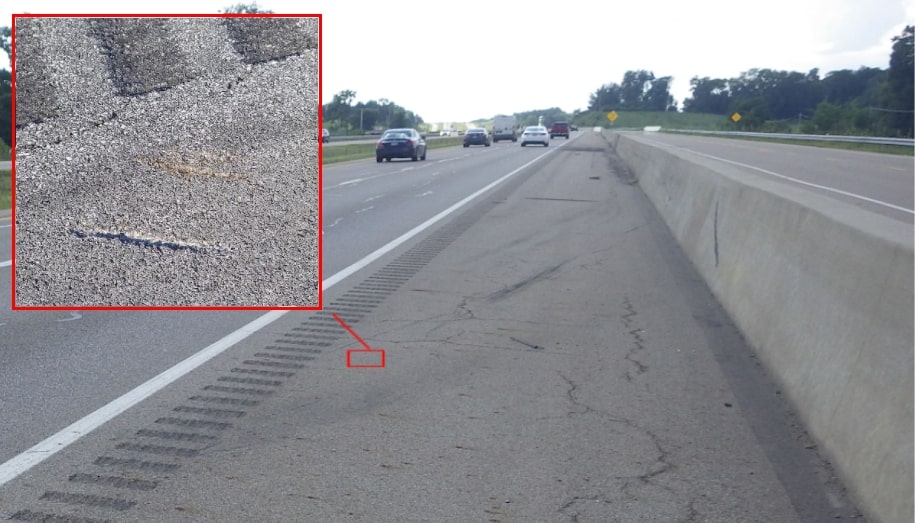Every impact leaves evidence behind. During vehicle and site inspections, ARCCA experts observe and document any and all physical evidence relating to a collision event. This can include roadway gouges, vehicle debris, tire and yaw marks, dynamic loading abrasions on seatbelts and latch plates, seat positions, and more. Each piece of evidence can help tell the story of the collision event.


Was the occupant wearing a seat belt when the collision occurred?
This Nissan was too old to image data from its event data recorder. However, a forensic inspection of the vehicle determined that there was one occupant wearing a seat belt, and the vehicle braked prior to impact. These details and more were carefully observed, documented and preserved during the inspection and can later play a critical role in an accident reconstruction analysis.
The question of whether or not a vehicle’s lights were on is frequently discussed when reconstructing nighttime collisions. This can apply to headlights, running lights, turn signals, and brake lights. The incandescent, high-intensity discharge (HID) bulbs in today’s automobiles contain a filament that can reach several thousand degrees Fahrenheit while the bulb is illuminated. When a collision occurs, the hot filament can deform or stretch, or deposit oxide on the inside of the bulb, which indicates the light was lit at impact. This phenomenon is called “hot shock” and can be an indication that the bulb was energized when a collision occurred.
 Headlight filament in brand
Headlight filament in brand
new condition
 Headlight filament with deformation consistent with “Hot Shock”
Headlight filament with deformation consistent with “Hot Shock”
Struck while parked?
The characteristics of damage to a vehicle’s exterior can sometimes contradict the allegation that it was parked when the damages were sustained. In cases like these, the wheels can hold all the information needed to determine what really happened. When a vehicle is in motion, the wheels rotate resulting in wheel damages which are similarly rotational. Parked or stopped vehicles with stationary wheels will display linear damages when contacted by another vehicle or object. Consider the wheel in the photo here: Was this vehicle really at rest when the contact occurred? The circumferential striations in the wheel gouges, coupled with their position around the perimeter of the wheel, indicate the vehicle was moving during the collision event.

